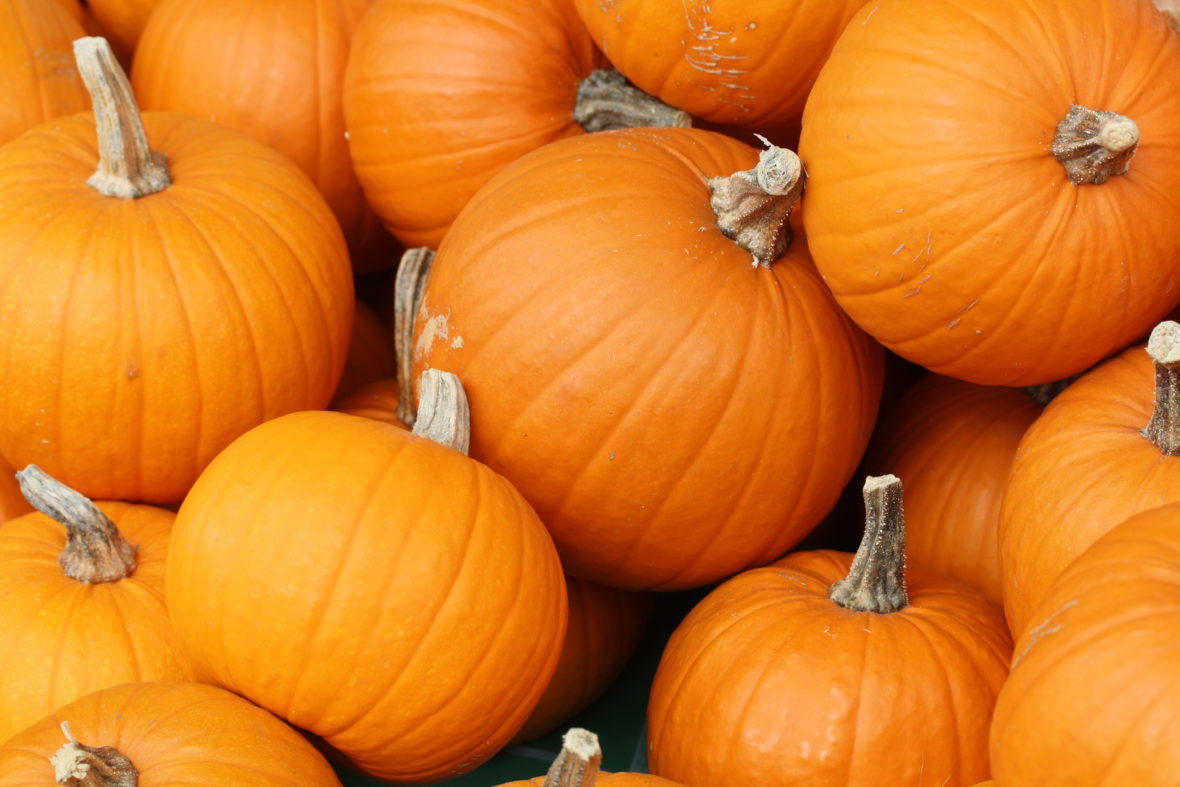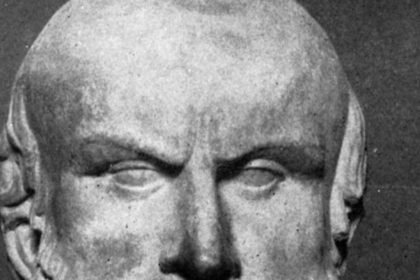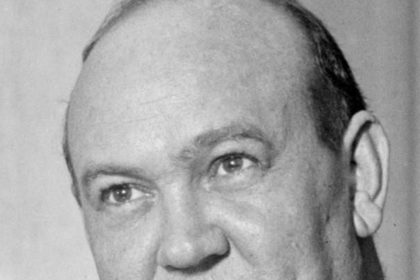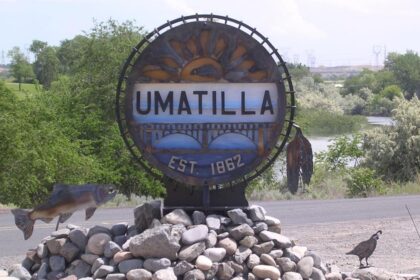A pumpkin is a cultivar of a squash plant, most commonly of Cucurbita pepo, that is round, with smooth, slightly ribbed skin, and deep yellow to orange coloration. The thick shell contains the seeds and pulp. Take a look below for 28 more fun and fascinating facts about pumpkins.
1. In New Zealand and Australian English, the term “pumpkin” generally refers to the broader category called winter squash elsewhere.
2. Pumpkins are native to North America and are widely grown for commercial use and are used both in food and recreation.
3. Pumpkin pie is a traditional part of Thanksgiving meals in Canada and the United States.
4. Pumpkins are frequently carved as jack-o’-lanterns for decoration around Halloween.
5. The word “pumpkin” comes from the word “pepon”, which is Greek for “large melon,” or something round and large.
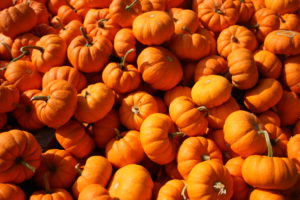
6. The word “pumpkin” has no agreed upon botanical or scientific meaning, and is used interchangeably with “squash” and “winter squash” in some areas.
7. Christopher Columbus is said to have carried pumpkin seeds back to Europe where they eventually were grown.
8. An average pumpkin contains about 1 cup of seeds that can be salted and dried or toasted to be used in bread and baked goods, or eaten out of hand as a snack.
9. Native Americans ate pumpkin flesh roasted, baked, boiled and dried. They ate pumpkin seeds and used them as medicine. The blossoms were added to stews and dried pumpkin was stored for winter use. They even dried the shells and used them as bowls and storage containers.
10. Pumpkin custard was the first dessert that the Pilgrims and Native Americans enjoyed at the early Thanksgiving celebrations.
11. The Pilgrims were known to make pumpkin beer by fermenting persimmons, hops, maple sugar and pumpkin.
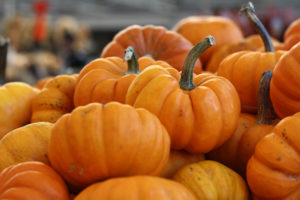
12. The biggest pumpkin pie ever made was over 5 feet in diameter and weighed over 350 pounds. It used 80 pounds of cooked pumpkin, 36 pounds of sugar, 12 dozen eggs and took 6 hours to bake.
13. In early colonial times, pumpkins were used as an ingredient for the crust of pies, not the filling.
14. Pumpkins were once recommended for removing freckles and curing snake bites.
15. The Connecticut field variety is the traditional American pumpkin.
16. Pumpkins are 90% water.
17. Native Americans flattened strips of pumpkins, dried them and made mats.
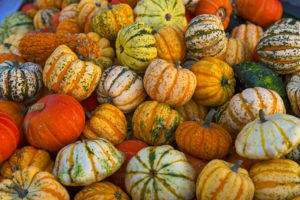
18. Native Americans called pumpkins “isqoutm squash.”
19. Pumpkin chunking is a competitive activity in which teams build various mechanical devices designed to throw a pumpkin as far as possible.
20. The record for the world’s heaviest pumpkin, 1,190.5 kilograms, or 2,624.6 pounds, was established in Belgium in 2016.
21. In the United States, the town of Half Moon Bay, California, holds an annual Art and Pumpkin Festival, including the World Champion Pumpkin Weigh-Off.
22. Canned pumpkin is often recommended by veterinarians as a dietary supplement for dogs and cats that are experiencing certain digestive ailments such as constipation, diarrhea or hairballs.
23. Raw pumpkin can be fed to poultry, as a supplement to regular feed, during the winter to help maintain egg production, which usually drops off during the cold months.
24. Pumpkins have been used as folk medicine by Native Americans to treat intestinal worms and urinary ailments.
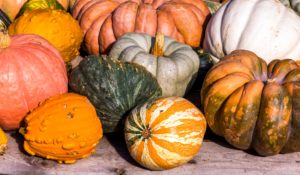
25. In Germany and southeastern Europe, pumpkin seeds were used as folk remedies to treat irritable bladder and benign prostatic hyperplasia.
26. In China, pumpkin seeds were used in traditional Chinese medicine for treating parasitic disease schistosomiasis.
27. Pumpkin leaves are eaten as a vegetable in Korean cuisine.
28. Around 90% to 95% of the processed pumpkins in the United States are grown in Illinois.

